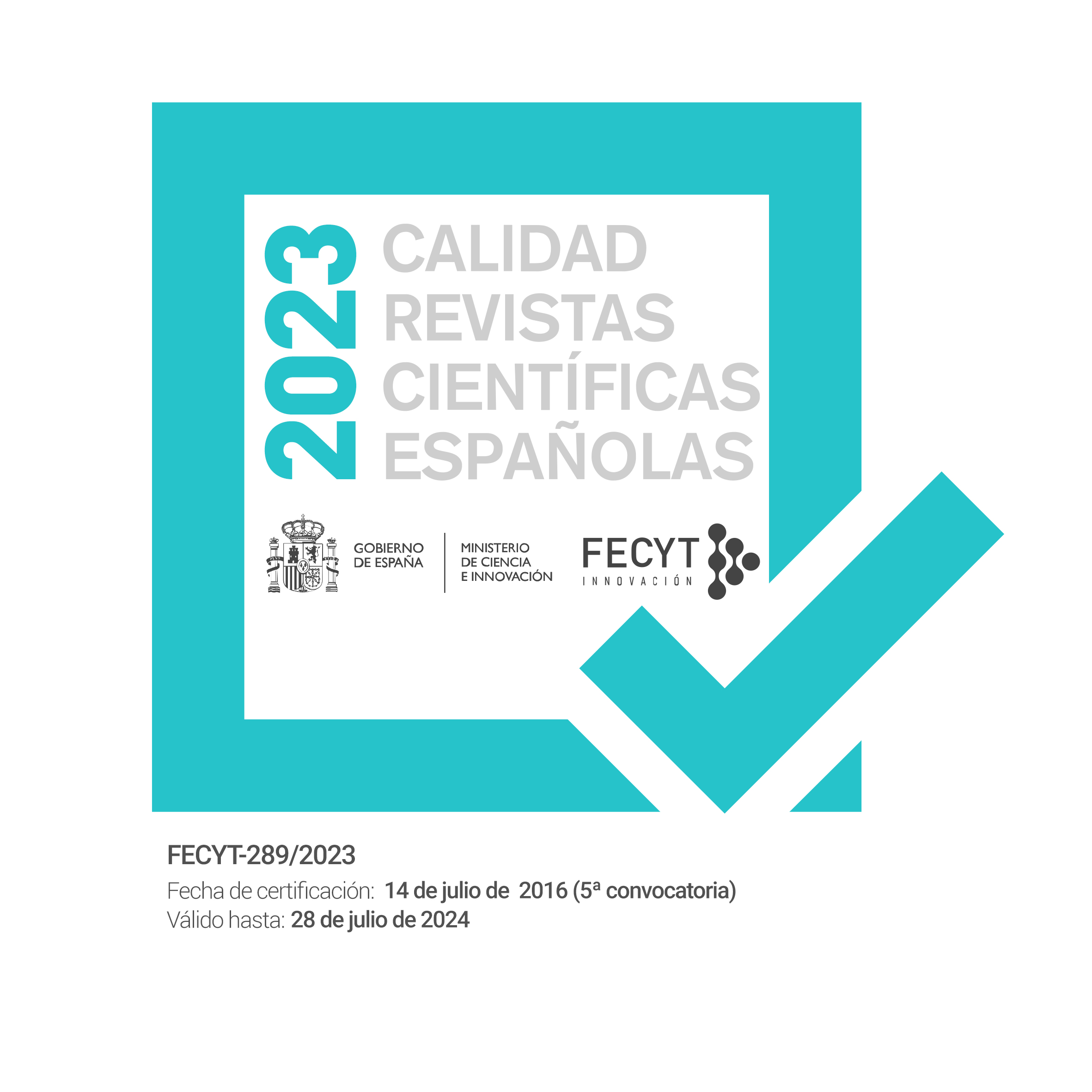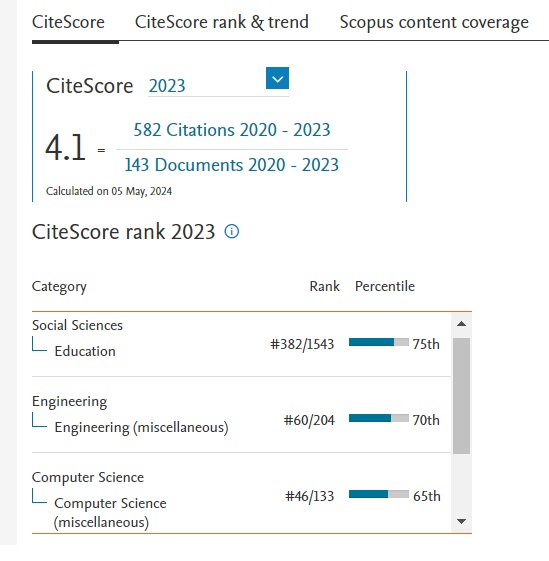El pensamiento bayesiano, un pensamiento computacional omnipresente
Resumen
En su acepción más sencilla se considera el pensamiento computacional como una serie de habilidades específicas que sirven a los programadores para hacer su tarea, pero que también son útiles a la gente en su vida profesional y en su vida personal como una forma de organizar la resolución de sus problemas, y de representar la realidad que hay en torno a ellos.
En un esquema más elaborado este complejo de habilidades constituye una nueva alfabetización ---o la parte más sustancial de ella--- y una inculturación para manejarse en una nueva cultura, la cultura digital en la sociedad del conocimiento.
Hemos visto cómo se usa la probabilidad bayesiana, en modelos de epidemiología, para determinar modelos de evolución de datos sobre contagio y fallecimientos en el COVID y en el procesamiento del lenguaje natural.
Igualmente podríamos verlo en multitud de casos en los más variados campos científicos y de análisis de procesos. De esta forma, con la automatización de los métodos bayesianos y el uso de modelos gráficos probabilísticos es posible identificar patrones y anomalías en voluminosos conjuntos de datos en campos tan diversos como son los corpus lingüísticos, los mapas astronómicos, añadir funcionalidades a la práctica de la resonancia magnética, o a los hábitos de compra con tarjeta, online o smartphones.
En esta nueva forma de proceder, se asocian el análisis de grandes datos y la teoría bayesiana.
Si consideramos que el pensamiento bayesiano, esta forma de proceder, como un elemento más y relevante del pensamiento computacional, entonces a lo dicho en anteriores ocasiones hay que añadir ahora la idea de pensamiento computacional generalizado , que va más allá de la educación
Ya no se trata de aspectos puramente asociados a la práctica profesional o vital ordinaria para manejarse por la vida y el mundo del trabajo, como ha sido lo que hemos llamado pensamiento computacional hasta ahora, sino como una preparación para la investigación básica y para metodología investigadora en casi todas las disciplinas. Porque, así definido, el pensamiento computacional está influyendo en la investigación en casi todas las áreas, tanto en las ciencias como en las humanidades.
Una instrucción centrada en esta componente de pensamiento computacional, el pensamiento bayesiano, o que lo incluyese en una fase temprana, en Secundaria (K-12), incluyendo la fórmula de la probabilidad inversa, permitiría, basándonos en los First principles of learning de Merrill, y en particular en el principio de activación, activar estos aprendizajes como componentes muy valiosos y muy complejos en una etapa posterior de la actividad profesional o investigadora, o en la fase de formación, grados y postgrados, de estas profesiones o que capacitan para estas actividades y profesiones.
Descargas
Citas
Abraham, D., Blum, A. & Sandholm, T. 2007 Clearing algorithms for barter exchange markets: enabling nationwide kidney exchanges. In Proc. 8th ACM Conf. on Electronic Commerce, pp. 295–304. New York, NY: Association for Computing Machinery.
Barrow, B. (2019 Apr) Bayesian Analysis in Natural Language Processing: Cohen. https://linguistlist.org/issues/30/30-1843/
Bloom, B. S. (1984a). The 2 sigma problem: The search for methods of group instruction as effective as one-to-one tutoring. Educational researcher, 13(6), 4-16. https://www.jstor.org/stable/pdf/1175554.pdf
Bloom, B. (May 68). Learning for Mastery. Instruction and Curriculum. https://files.eric.ed.gov/fulltext/ED053419.pdf
Bloom, B. S. (1976). Human characteristics and school learning. McGraw-Hill. Página 59 de 63
Bloom, B. (1984b). The 2 Sigma Problem: The Search for Methods of Group Instruction as effective as One-to-One Tutoring, Educational Researcher, 13:6 (4-16). https://inst.eecs.berkeley.edu//~cs375/sp15/resources/Bloom_The2SigmaProblem.pdf
Bocconi, S., Chioccariello, A., Dettori, G., Ferrari, A., Engelhardt, K., Kampylis, P., & Punie, Y. (2016). Developing computational thinking in compulsory education. European Commission, JRC Science for Policy Report, 68.
Bruce, V. (2005). About Face. http://www.inf.ed.ac.uk/research/programmes/comp-think/slides/Bruce.pdf
Bundy, A. 2007 Computational thinking is pervasive. J. Scient. Pract. Comput.1, 67–69. https://www.inf.ed.ac.uk/publications/online/1245.pdf
Bundy, A. (2012) COMPUTATIONAL THINKING SEMINARS. SCHOOL OF INFORMATICS. University of Edimburgh. https://www-inf-ed-ac-uk.translate.goog/research/programmes/comp-think/previous.html?_x_tr_sch=http&_x_tr_sl=en&_x_tr_tl=es&_x_tr_hl=es&_x_tr_pto=nui,op
Cohen, S. (2019). Bayesian analysis in natural language processing. Synthesis Lectures on Human Language Technologies, 12(1), 1-343.
Coll, C. (2019). Presentación y prólogo del libro" El pensamiento computacional. Análisis de una competencia clave". Revista de Educación a Distancia, 19. https://revistas.um.es/red/article/view/395281
Drury, B.(2019 Aug). Bayesian Analysis in Natural Language Processing, in Review: Computational Linguistics; Text/Corpus Linguistics: Cohen (2019). https://linguistlist.org/issues/30/30-4380/
Fisher, J. & Henzinger, T. A. 2007 Executable cell biology. Nat. Biotechnol. 25, 1239–1249. (doi:10.1038/nbt1356)
Gagné, R. M. (1965). The conditions of learning and theory of instruction ( 1st ed.). New York, NY: Holt, Rinehart & Winston.
Gagné, R. M., & Briggs, L. J. (1974). The principles of instructional design ( 1st ed.). New York, NY: Holt.
Gagné, R. M. (1985). The conditions of learning and theory of instruction ( 4th ed.). New York, NY: Holt, Rinehart & Winston. Gagne, R. M.,& Medsker, K. L. (1996). The conditions of learning: Training applications. Fort Worth, TX: Harcourt Brace College Publishers.
Grover, S. (2018, March 13). The 5th 'C' of 21st century skills? Try computational thinking (not coding. Retrieved from EdSurge News: https://edtechbooks.org/-Pz
Merrill, M. D. (2002a). First principles of instruction. Educational technology research and development, 50(3), 43-59. http://csapoer.pbworks.com/f/First+Principles+of+Instruction+(Merrill,+2002).pdf
Merrill, M. D. (2012). First principles of instruction. John Wiley & Sons. Merrill, M. D. (1991). Constructivism and instructional design. Educational technology, 31(5), 45-53.
Merrill, M. D. (2002b). First principles of instruction. Educational Technology Research and Development, 50(3), 43-59. Instructional-Design Theories and Models, Volume III: Building a Common Knowledge Base.
Merrill, M. D. (2009). First Principles of Instruction. In C. M. Reigeluth & A. Carr (Eds.), Instructional Design Theories and Models: Building a Common Knowledge Base (Vol. III). New York: Routledge Publishers.
Raja, T. (2014). We Can Code It! Why computer literacy is key to winning the 21st century. Mother Jones, June
Shields, P. M., & Rangarajan, N. (2013). A playbook for research methods: Integrating conceptual frameworks and project management. New Forums Press.
Roig-Vila, R., & Moreno-Isac, V. (2020). El pensamiento computacional en Educación. Análisis bibliométrico y temático. Revista de Educación a Distancia, 20(63). https://revistas.um.es/red/article/view/402621
Rosenberg, J. (2020). More confidently uncertain? Teaching learners to apply Bayesian methods to make sense of scientific phenomena. https://joshuamrosenberg.com/publications/rosenberg-2020-icls-ecw-copyright.pdf y https://edarxiv.org/7rptw/download
Stross, R. (31 de marzo de 2012) Computer Science for the Rest of Us. https://www.nytimes.com/2012/04/01/business/computer-science-for-non-majors-takes-many-forms.html
Verity, R., Okell, L. C., Dorigatti, I., Winskill, P., Whittaker, C., Imai, N., ... & Ferguson, N. M. (2020). Estimates of the severity of coronavirus disease 2019: a model-based analysis. The Lancet infectious diseases, 20(6), 669-677. https://www.thelancet.com/journals/laninf/article/PIIS1473-3099(20)30243-7/fulltext y https://www.thelancet.com/action/showPdf?pii=S1473-3099%2820%2930243-7
Wing, J.M. (2006) Computational thinking. it represents a universally applicable attitude and skill set everyone, not just computer scientists, would be eager to learn and use. Commun. ACM 49(3). https://doi.org/10.1109/vlhcc.2011.6070404
Wing, J.M. (July 2008) Computational thinking and thinking about computing. The Royal Society Publishing. https://doi.org/10.1098/rsta.2008.0118 https://royalsocietypublishing.org/doi/10.1098/rsta.2008.0118 https://royalsocietypublishing.org/doi/pdf/10.1098/rsta.2008.0118
Zapata-Ros, M. (2014) https://red.hypotheses.org/776
Zapata-Ros, M. (2015). Pensamiento computacional: Una nueva alfabetización digital. RED. Revista de Educación a Distancia, (46). Recuperado de: https://www.um.es/ead/red/46/
Zapata Ros, M. & Pérez Paredes, P. (2018). El pensamiento computacional, análisis de una competencia clave. New York: Create Space Independent Publishing. https://www.amazon.es/pensamiento-computacional-analisis-competencia-clave/dp/1718987730
Zapata-Ros, M. (Enero 2018) https://red.hypotheses.org/1079
Zapata-Ros, M. (January 2019) Pensamiento computacional desconectado. http://dx.doi.org/10.13140/RG.2.2.12945.48481
Zapata-Ros, M. (Agosto 2020). El pensamiento computacional, una cuarta competencia clave planteada por la nueva alfabetización (II). Una nueva línea: computational thinking everywhere, pervasive computational thinking y el pensamiento bayesiano. RED de Hypotheses. https://red.hypotheses.org/2123
Zapata-Ros, M. (febrero de 2021 ). Capítulo 5. La evaluación en la educación de la pandemia y después de la pandemia. DOI: 10.13140/RG.2.2.21911.29605 http://dx.doi.org/10.13140/RG.2.2.21911.29605 , y https://www.researchgate.net/publication/349212529_Capitulo_5_La_evaluacion_en_la_educacion_de_la_pandemia_y_despues_de_la_pandemia?channel=doi&linkId=60250c0e92851c4ed563a7be&showFulltext=true
Derechos de autor 2021 Revista de Educación a Distancia (RED)

Esta obra está bajo una licencia internacional Creative Commons Atribución-NoComercial 4.0.
Las obras que se publican en esta revista están sujetas a los siguientes términos:
1. El Servicio de Publicaciones de la Universidad de Murcia (la editorial) conserva los derechos patrimoniales (copyright) de las obras publicadas, y favorece y permite la reutilización de las mismas bajo la licencia de uso indicada en el punto 2.
2. Las obras se publican en la edición electrónica de la revista bajo una licencia Creative Commons Reconocimiento-NoComercial-SinObraDerivada 3.0 España (texto legal). Se pueden copiar, usar, difundir, transmitir y exponer públicamente, siempre que: i) se cite la autoría y la fuente original de su publicación (revista, editorial y URL de la obra); ii) no se usen para fines comerciales; iii) se mencione la existencia y especificaciones de esta licencia de uso.
3. Condiciones de auto-archivo. Se permite y se anima a los autores a difundir electrónicamente las versiones pre-print (versión antes de ser evaluada) y/o post-print (versión evaluada y aceptada para su publicación) de sus obras antes de su publicación, ya que favorece su circulación y difusión más temprana y con ello un posible aumento en su citación y alcance entre la comunidad académica. Color RoMEO: verde.














